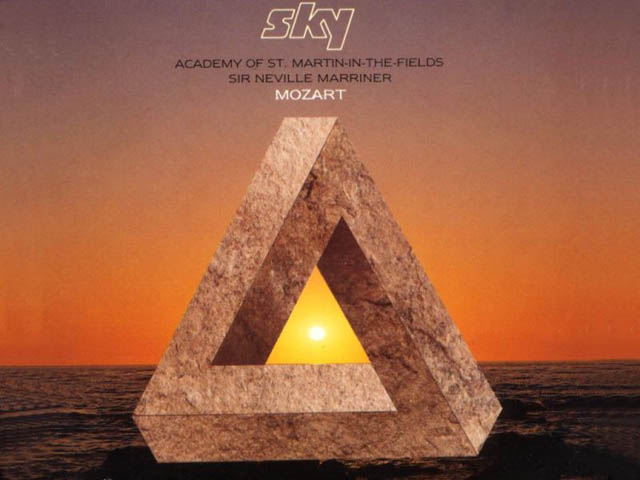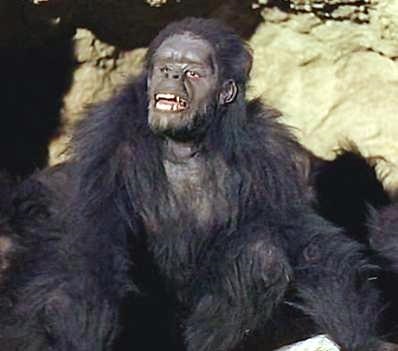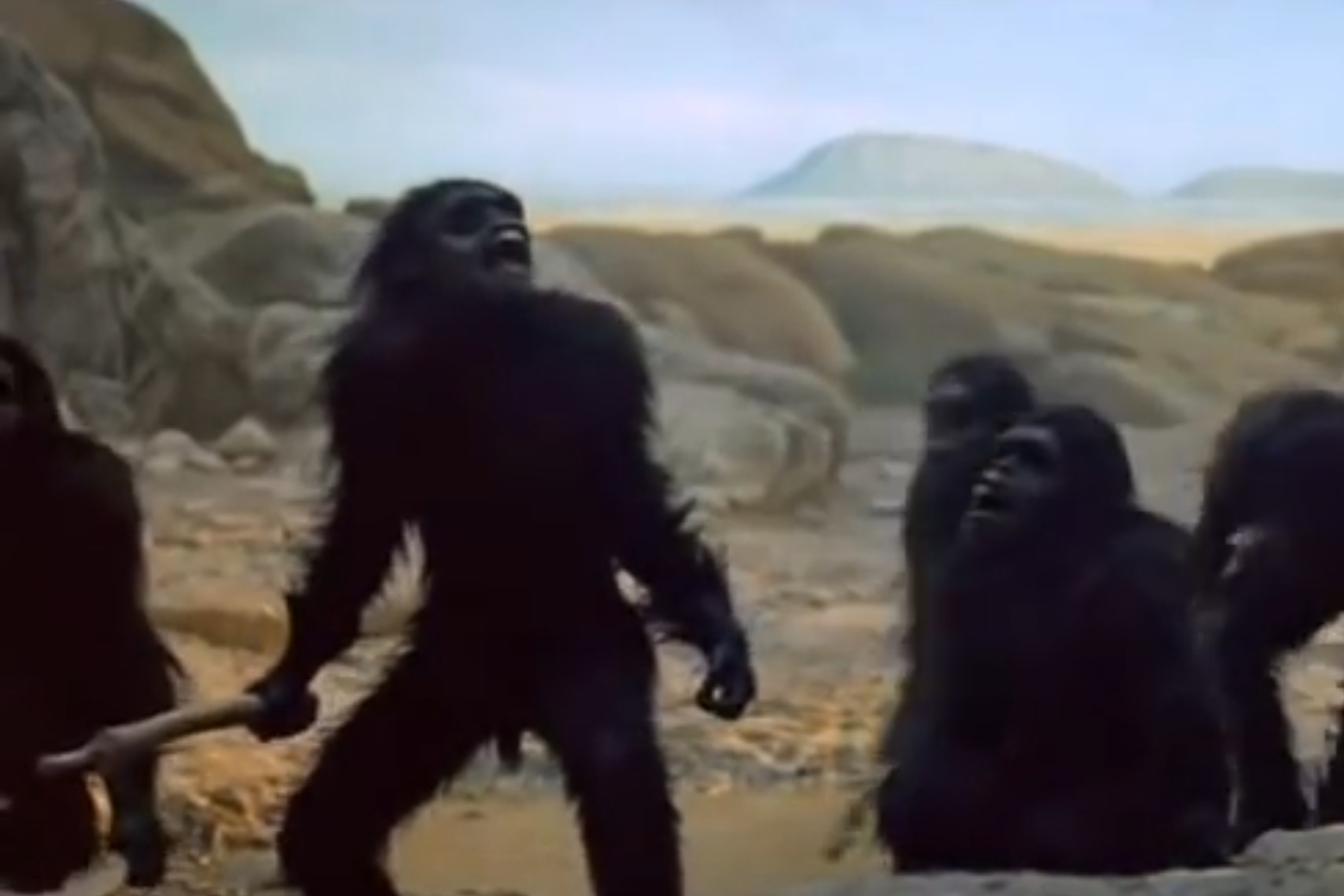Sentinel_NZ


Group: Members
Posts: 233
Joined: June 2021 |
 |
Posted: Dec. 24 2024, 20:18 |
 |
The first track on Tubular Bells II is called "Sentinel" which is the name of the Arthur C. Clarke novella about a spaceman Moon visit that "2001: A Space Odyssey" was adapted from. Arthur C. Clarke's other short novel inspired the album "The Songs of Distant Earth". This suggests that Mike had had the idea about adapting Arthur C. Clarke's work for some time.
Other tracks on the album that have a cosmology or astrophysics/astronomy theme are: Dark Star (which, like Sentinel/ 2001, is also the name of a cult sci-fi movie, this one from 1974, directed by John Carpenter; apparently Mike was thinking of these two films when he named the tracks Sentinel and Dark Star); Sunjammer (the name of this track is taken from the title of yet another Arthur C. Clarke short story, published in 1964), Red Dawn, Weightless, Sunset Door, and Moonshine; while Clear Light has more of a mystical religious overtone (clear light or prabhasvara is an important concept in Mahayana and Tantric Buddhism).
Then on Tubular Bells III we find "Moonwatch" (which is, again, reminiscent of the name of a character, Moon-Watcher, from 2001: A Space Odyssey*) and "Far Above the Clouds", continuing the theme. Conversely, on the original Tubular Bells album, there is absolutely nothing relating to this motif - showing that Mike's thinking had altered drastically in the intervening 20 years, and was exalted to a much broader, cosmic vision. (Hence his admission in 2017 that he was amazed at himself for once upon a time preferring to be on horseback in "the Shire", to borrow from the Lord of the Rings, as opposed to "flying through space". By the time even of Tubular Bells II & The Songs of Distant Earth, flying through space or at least an elevated, otherworldly, celestial setting was very much on his mind; he had, like a hobbit fulfilling its destiny, left Herefordshire far behind). This vision of course reached its ultimate expression in 2008's Music of the Spheres, a musical meditation or deep contemplation of the nature - or, more accurately, the sound (in Sanskrit, "shabda") - of the universe and the primordially mysterious celestial bodies observed in the heavens above.
It hardly needs to be pointed out how important the Moon as an image is to Oldfield's body of work: Moonlight Shadow; Tr3s Lunas ("Three Moons"); not one but TWO songs tilted Moonshine; Moonwatch, as mentioned above; First Landing; First Steps; and so on; as well as the Sun: Sunset; Sunlight Shining through Clouds; the two Sun-named songs already mentioned above; Children of the Sun; The Song of the Sun (albeit a cover); and stars, constellations & so forth like Sirius, Magellan, Aurora, Supernova, North Star, Taurus, and the aforementioned Dark Star. It almost adds up to making one feel like Thou Art in Heaven.
And then there was the NASA co-opting Oldfield's music for their 1979 documentary movie on the series of Apollo spaceship Moon-spacemen "landing" hoaxes from 1969-72. Mike's use of imagery concerning lunarmen and "landings" and "steps" on heavenly bodies is strictly within the realms of the Clarkian science fiction, not the delusions and hoaxes foisted on the world by criminal government outfits such as the NASA.
Moreover, the use of color in Tubular Bells II is striking: Clear Light (i.e., white) Blue Saloon, Red Dawn, and Maya Gold. Red, yellow (gold) and blue are of course the usual three primary colors whilst white is the source of all the colours of the spectrum. Furthermore, in Buddhist cosmology, the axis mundi, Mount Sumeru, around which Sun, Moon, planets and stars all orbit (which is equivalent to Mount Olympus of Greek mythology) and atop which the gods (devas, literally "the shining ones", echoing an Oldfield track name) reside - far above the clouds, directly beneath the North Star, another Oldfield song, albeit, again, another cover, where the heavens open - has four sides, colored white, red, blue and yellow. We humans in our world are said to live south of the blue face of Mount Sumeru, hence our blue sky and ocean. The world to the west of us has a red sky and ocean, and so forth. Could Mike have been secretly referring to these ideas? In "Far Above the Clouds", the lyrics talk about "journeying up the mountainside'; and the song preceding that is called "Secrets".
These deep, mystical, existential and cosmic types of symbols and ideas are well suited to the utterly profound and dazzling musical content of the album, which is unmatched by any other popular work - nothing even comes anywhere near it, not even Dark Side of the Moon itself, as brilliant as it is - aside from its own sequel, Tubular Bells III. Mike and to a less extent Trevor Horn had obviously tapped into a rich source of spiritual power leading up to and during the conception, writing and recording of the of the album which almost takes on a mythical, amorphous "concept album" status, without being able to pin down exactly what the concept is (unlike other famous concept albums such as for example the above-mentioned Songs of Distant Earth, or Tommy, Quadrophenia, The Lamb Lies Down on Broadway, The Wall, or The Dark Side of the Moon - although this last is another one where the concept is not concretized and is more nebulous and ambiguous. Of course, the cover of Dark Side of the Moon features the prism splitting white light into the rainbow, and that album was released within months of Tubular Bells back in 1973. No doubt Mike had a long standing admiration for that album and may have been influenced by its imagery, which possibly suggested some of the ideas we find in Tubular Bells II.
Finally, "The Great Plain" amongst all the more standard cosmology terms suggests that Mike may have been slipping in some flat earth "secrets" from his...well, from his "bag of secrets" for us way before it was hip. The Buddhist cosmology mentioned above is absolutely a "flat earth" cosmology, so this would be coherent.
*https://2001.fandom.com/wiki/Moon-Watcher
 
|







